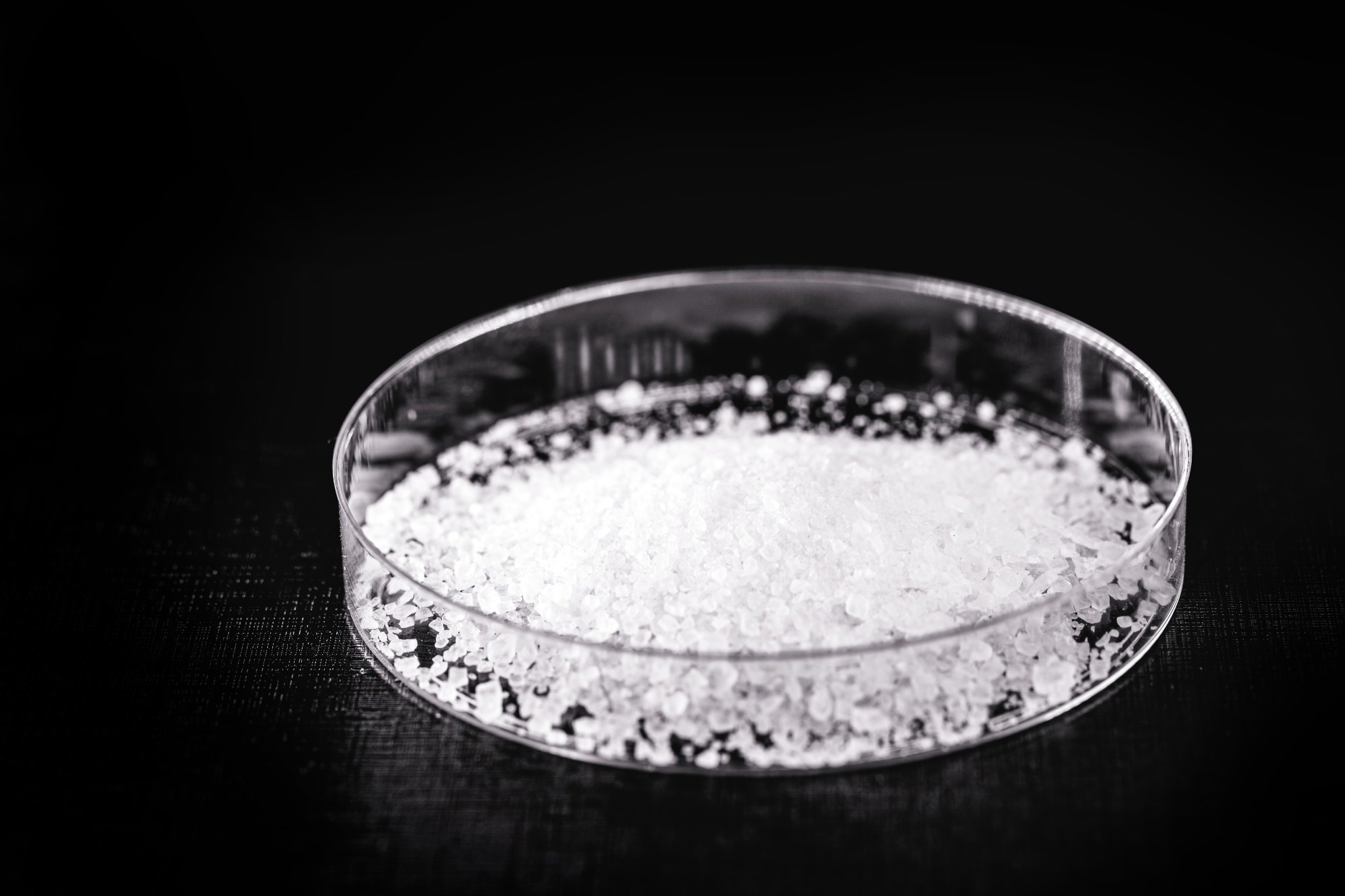Researchers have developed a technique to recover and recycle toxic cyanide. The technique is set to change the gold mining industry, making the extraction process more sustainable and efficient.

Image Credit: RHJPhtotos/Shutterstock.com
The Use of Cyanide in Gold Mining
The use of cyanide is key in modern gold mining extraction due to its high efficiency in selectively dissolving gold from ore. The process involves cyanide’s ability to form complexes with gold, enabling the separation of gold from other minerals. Despite its efficacy, cyanide's highly toxic nature has caused numerous environmental disasters, influencing regulatory frameworks worldwide. Notably, past incidents include catastrophic spills like the 2000 cyanide leak in Romania, which resulted in widespread ecological damage and public health crises.
Historically, cyanide management in mining has involved its destruction or detoxification after use, primarily through processes like cyanide destruction or neutralization. Nonetheless, these methods are energy-intensive and generate waste streams requiring careful disposal. The environmental risks associated with cyanide spills, transport, and residual waste have prompted the mining industry and research institutions to seek safer alternatives that increase efficiency while safeguarding ecosystems.
Recycling Cyanide During Gold Extraction
The core of this research hinges on a patented Sustainable Gold Cyanidation Technology, which introduces a continuous process for extracting gold while simultaneously recycling cyanide. The process builds upon previous advances, notably the 'Going for Gold' cyanide-free technology but extends it by integrating cyanide recovery mechanisms into standard leaching operations.
Researchers undertook extensive bench-scale experiments involving continuous mini-piloting over a month-long period. These tests aimed to emulate real-world mining conditions and validate the chemical and economic aspects of the process.
The process utilizes a chemical suite designed to selectively recover cyanide and other toxic compounds from the tailings or residual process streams. This involves advanced leaching and solvent extraction techniques that isolate cyanide from waste, enabling its reuse in subsequent leaching cycles. The process chemistry was optimized to operate under conditions compatible with existing cyanide leaching, allowing seamless adaptation into current mining workflows. This integration ensures that gold is efficiently dissolved and recovered while minimizing the loss of cyanide and toxic metals.
Additional steps involve reducing residual cyanide and other toxic substances in tailings, thereby decreasing environmental hazards associated with storage and potential dam failure. Safer transportation requirements are also achieved as less cyanide needs to be shipped to and from mining sites. After successful lab-scale trials, the technology achieved a Technology Readiness Level (TRL) of 4, indicating proof of concept through laboratory validation. The next phase involves scaling up to pilot demonstrations in field conditions.
The process emphasizes sustainability by promoting a circular economy within the mining operation - reducing reliance on fresh cyanide inputs, decreasing waste, and lowering the ecological footprint.
Results and Discussion
The cyclic process of cyanide recycling achieved comparable, if not superior, gold recovery rates compared to conventional leaching methods. The optimized chemistry maintained the effectiveness of cyanide in dissolving gold while recycling it within the process stream, leading to higher extraction yields.
The process substantially lowered residual cyanide and other toxic compounds in the tailings, reducing environmental contamination risk. The recycled cyanide reduced the need for transporting large quantities of fresh cyanide to mining sites, minimizing associated spill risks. Recycling cyanide decreases operational costs by reducing the need for continuous purchase of fresh chemicals and lowering waste management and disposal expenses. The process's efficiency suggests potential for increased profitability alongside environmental safeguards.
The research verified process stability and robustness under lab conditions, indicating that scale-up for field application appears promising. The team expressed openness to collaborations with industry partners to pilot this technology in real mining environments. Transitioning from laboratory validation to full-scale implementation involves addressing several challenges - engineering design adaptations, process control complexities, and regulatory approvals. Also, the variability of ore types and mineral properties among mining sites necessitates customized process calibrations.
Conclusion
The CSIRO's research into cyanide recycling technology for gold extraction marks a significant advancement in sustainable mining practices. By innovatively integrating cyanide recovery within the leaching process, the method enhances gold recovery efficiency while markedly reducing the environmental footprint linked to cyanide use. The successful lab-scale validation, coupled with the process's adaptability to existing mining operations, suggests a viable route toward industrial-scale implementation.
This technology addresses economic and ecological challenges associated with traditional cyanide leaching. It mitigates the risks of cyanide spills, reduces chemical consumption, and diminishes waste management burdens, all critical factors for the future sustainability of gold mining. With further pilot testing and process optimization, the approach promises to revolutionize gold extraction, making it safer, cleaner, and more efficient.
In summary, the CSIRO's cyanide recycling process exemplifies how innovative science can revamp long-standing industrial practices, aligning economic growth with responsible environmental stewardship - an essential development for the future of mining.
Source:
CSIRO. (2025) Greener gold: sustainable gold extraction process through cyanide recycling. CSIRO. [Online] Available at: https://www.csiro.au/en/news/All/Articles/2025/October/cyanide-recycling-gold-recovery